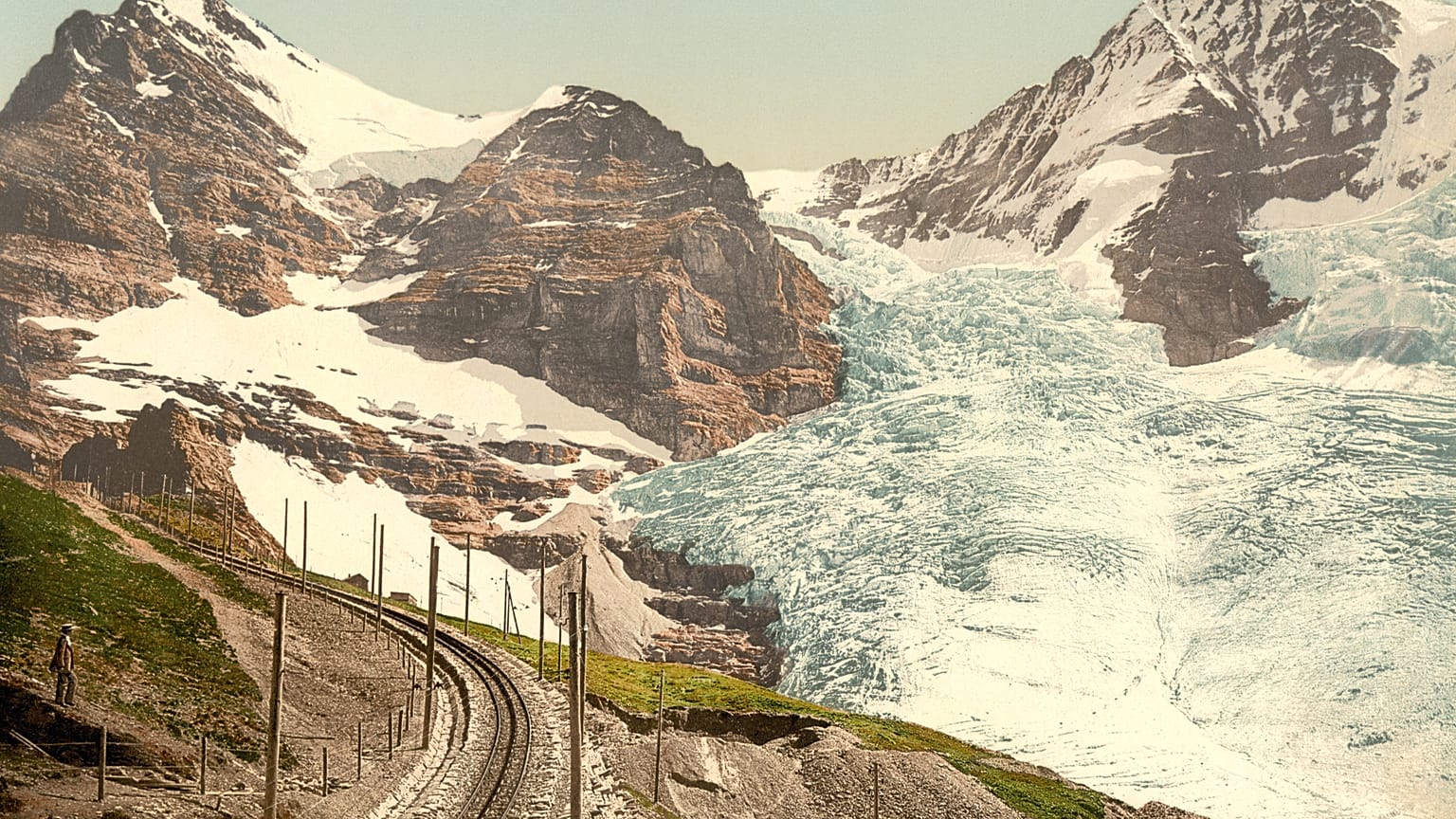Before and after: see how Swiss glaciers have shrunk dramatically across 150 years
More than 500 glaciers have completely disappeared in Switzerland since 1850, glaciologists say. The country might lose most of its remaining 1500 by the end of this century if CO2 emissions are not decreased.
Melting glaciers are changing Switzerland's landscape dramatically as evidenced by archive photographs from the 19th century released recently by Zurich’s ETH Library. Drag the slider left and right to compare them to the fresh stills taken by Reuters photographer Denis Balibouse. The photographs are taken from exactly the same angle.
Click here if the images do not load correctly.
The Lower Grindelwald Glacier
On the image in the left, The Lower Grindelwald Glacier in the Swiss Bernese Alps is photographed in 1858, on the right - the same spot captured on August 26th this year.
The Trient Glacier
This "river" of ice can be seen on The Trient Glacier photograph taken in 1891, the still taken from the same spot a few months ago is dominated by green forest, very little ice can be seen at all.
The Rhone glacier
The next slide shows The Rhone Glacier, the source of the river Rhone, as it was 170 years ago, on the recent photograph by Denis Balibous' green colour prevails.
The Aletsch Glacier
The largest glacier in the Alps - The Aletsch Glacier - looked nothing like today in 1865.
The Eiger, Guggi and Giesen glaciers
The Eiger, Guggi and Giesen Glaciers, located near the Jungfrau summit in Switzerland, were photographed between 1890 and 1900 from a picturesque alpine village Wengen. At the right - the same view captured in the end of August this year.
Glaciers in Switzerland continue to thin constantly: last year they lost 2% of their volume, according to Switzerland’s glacier monitoring institute GLAMOS.
The fast-disappearing glaciers situation has sparked a public response. Campaigners from the Glacier Initiative managed to collect more than 112.000 signatures, demanding Swiss authorities dramatically step up efforts to cut greenhouse gases by 2050. According to local law, it means that Swiss citizens might now vote on this issue in a referendum.















